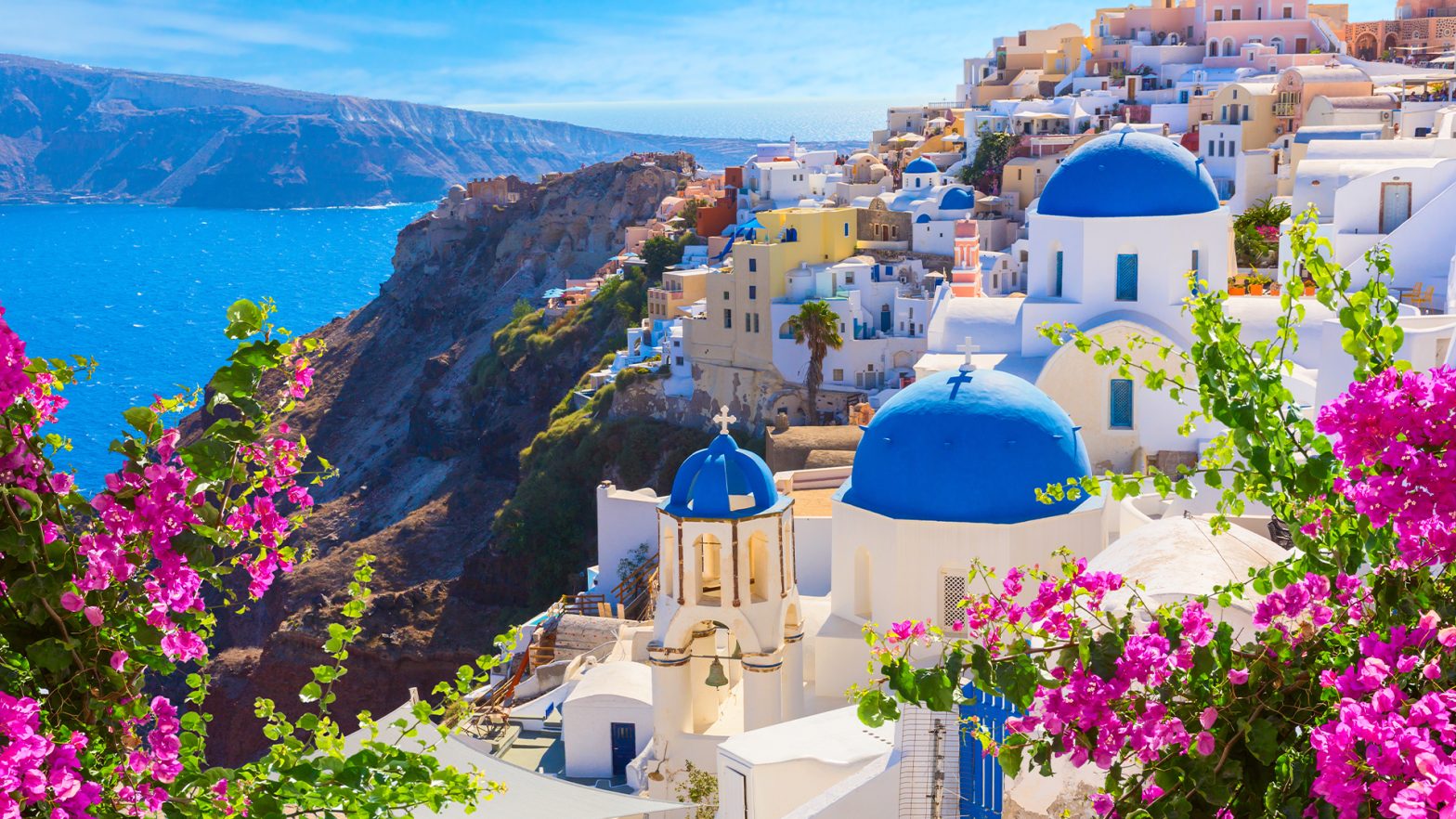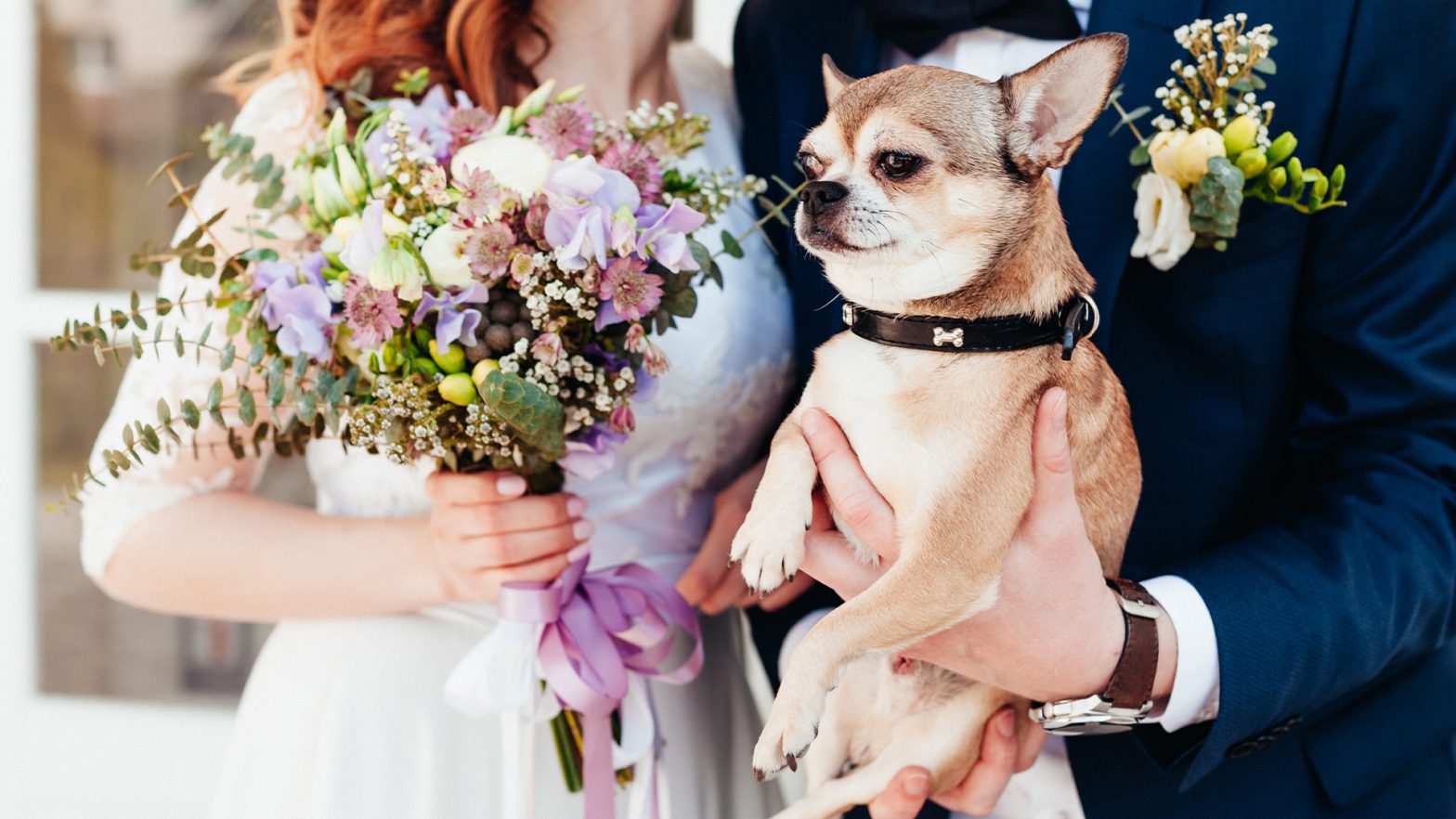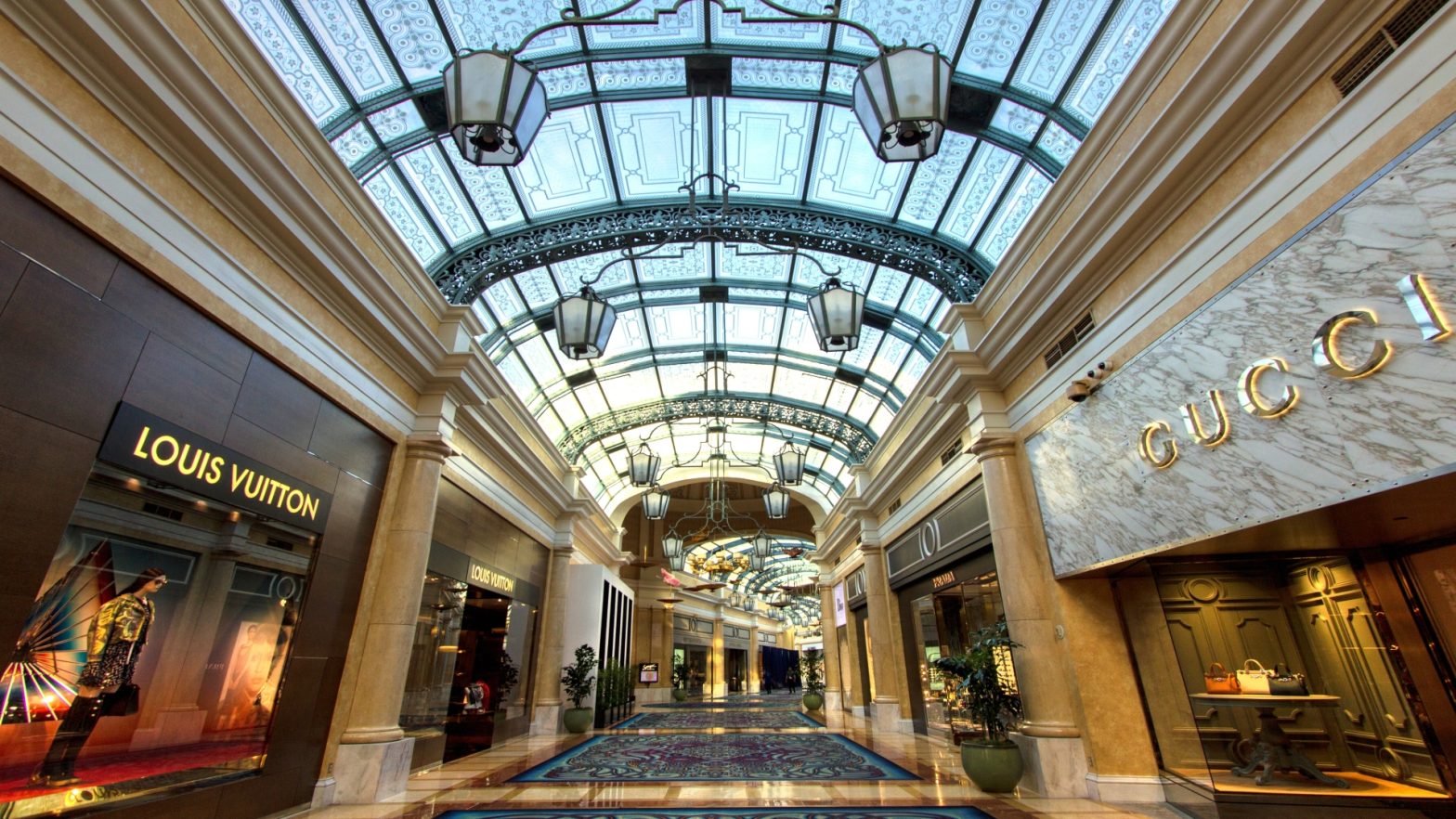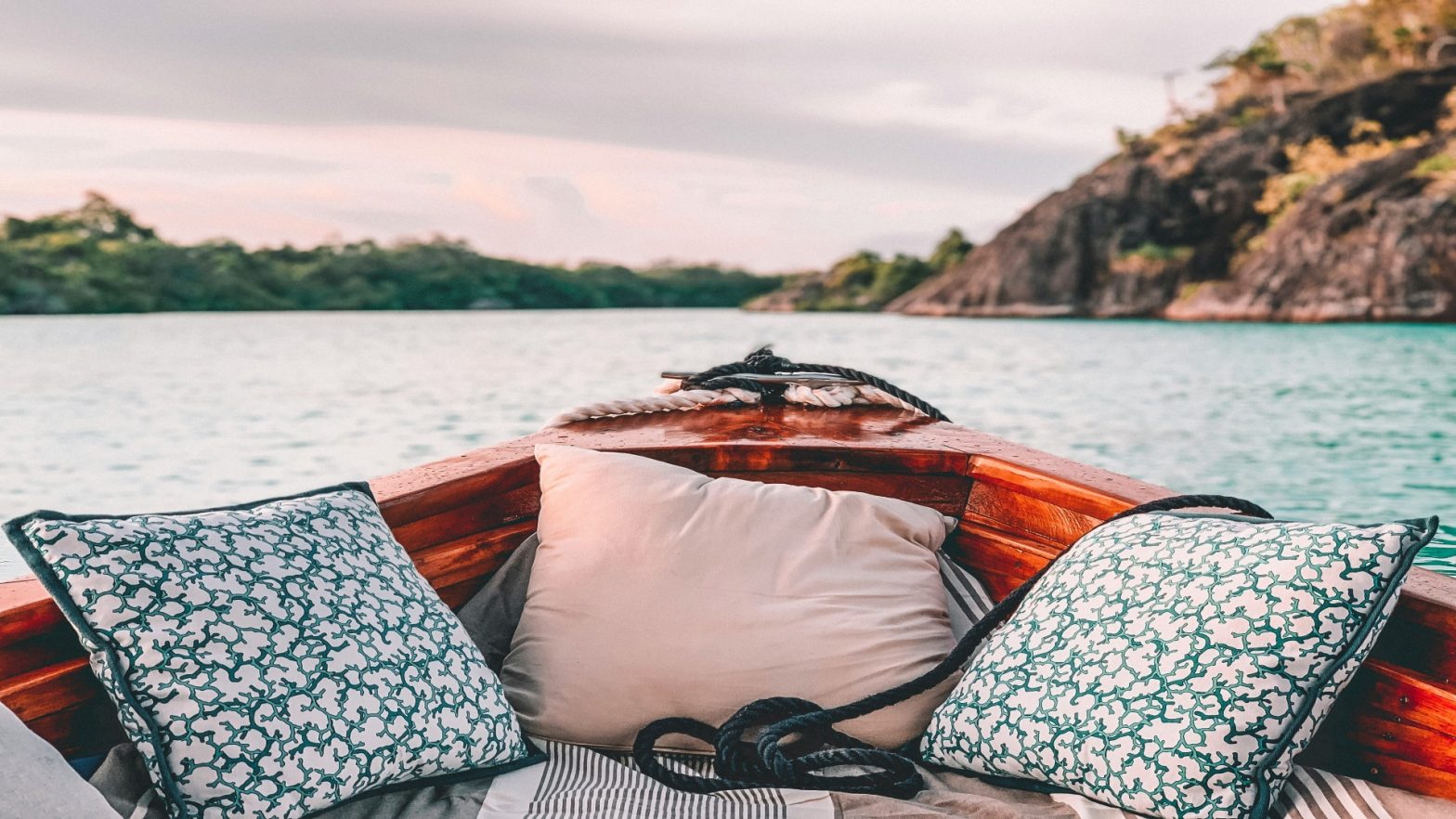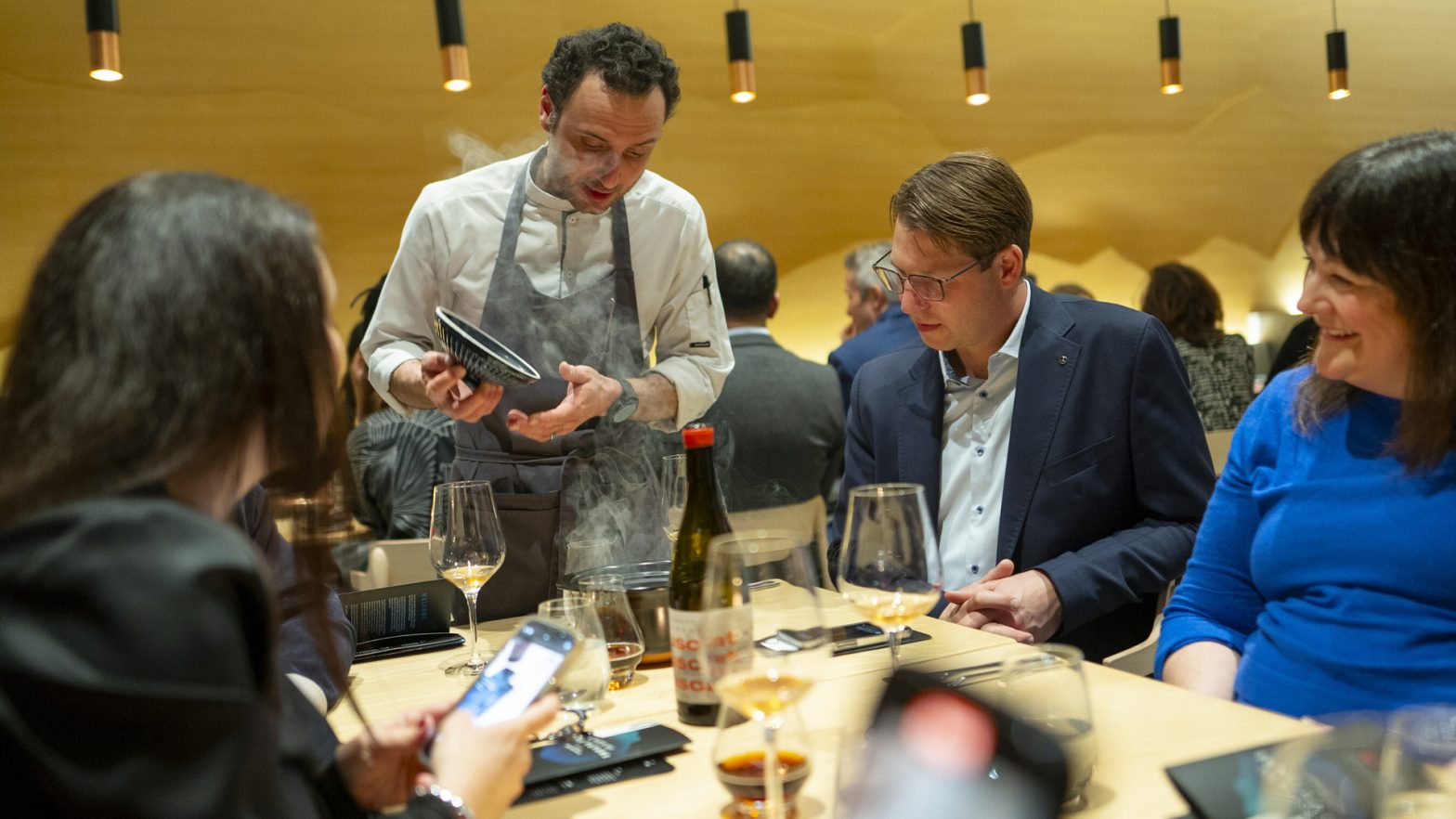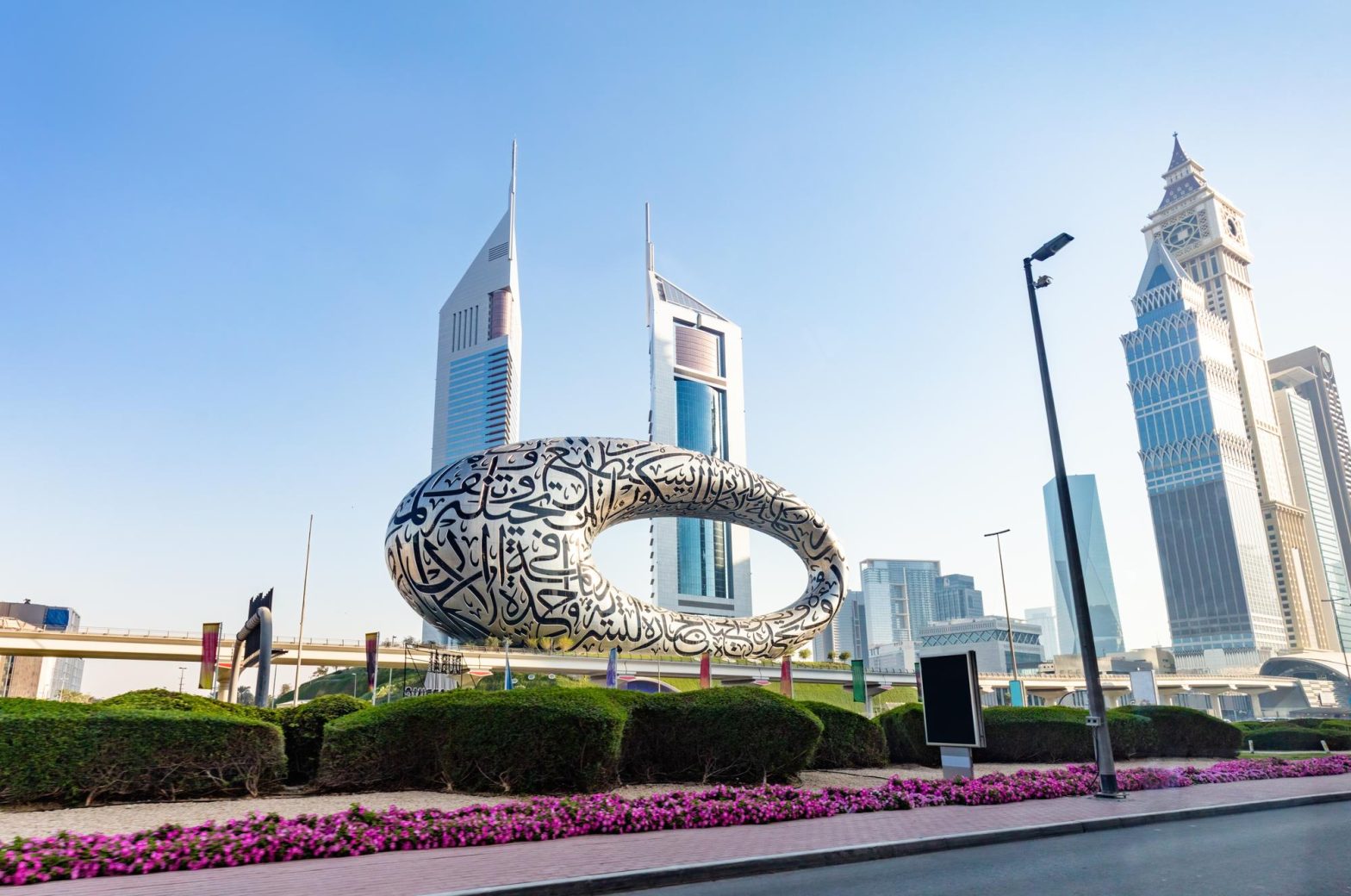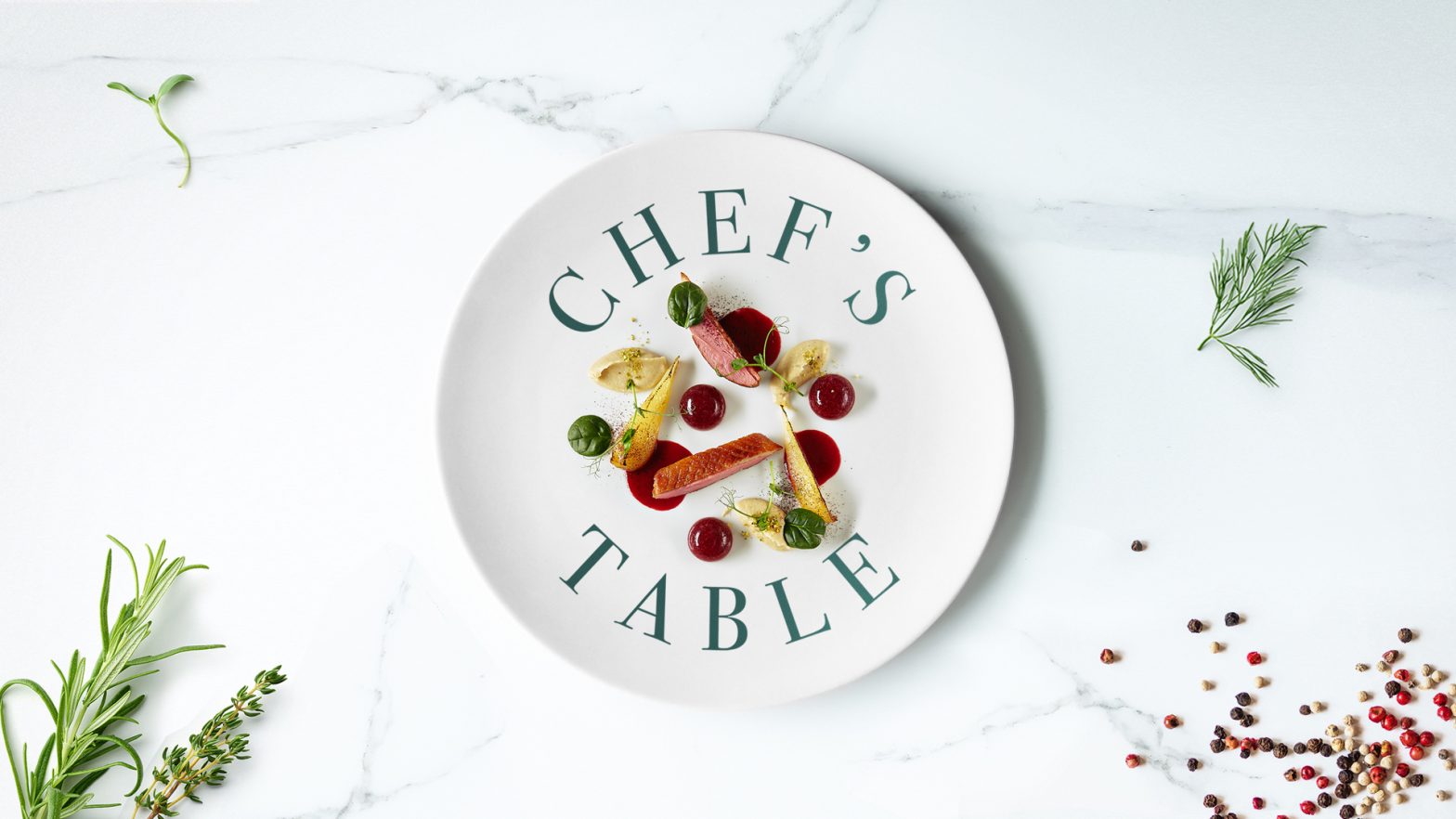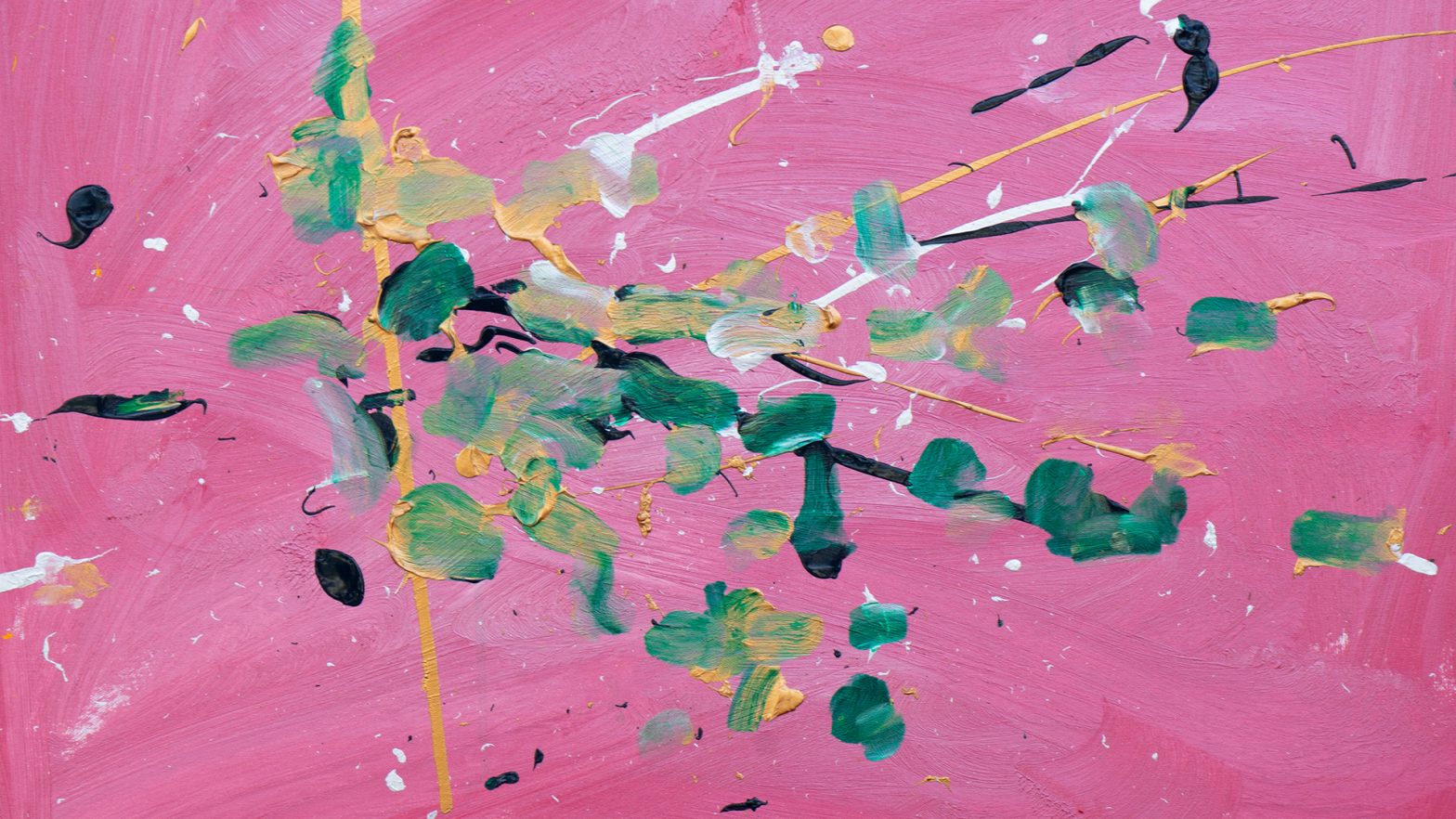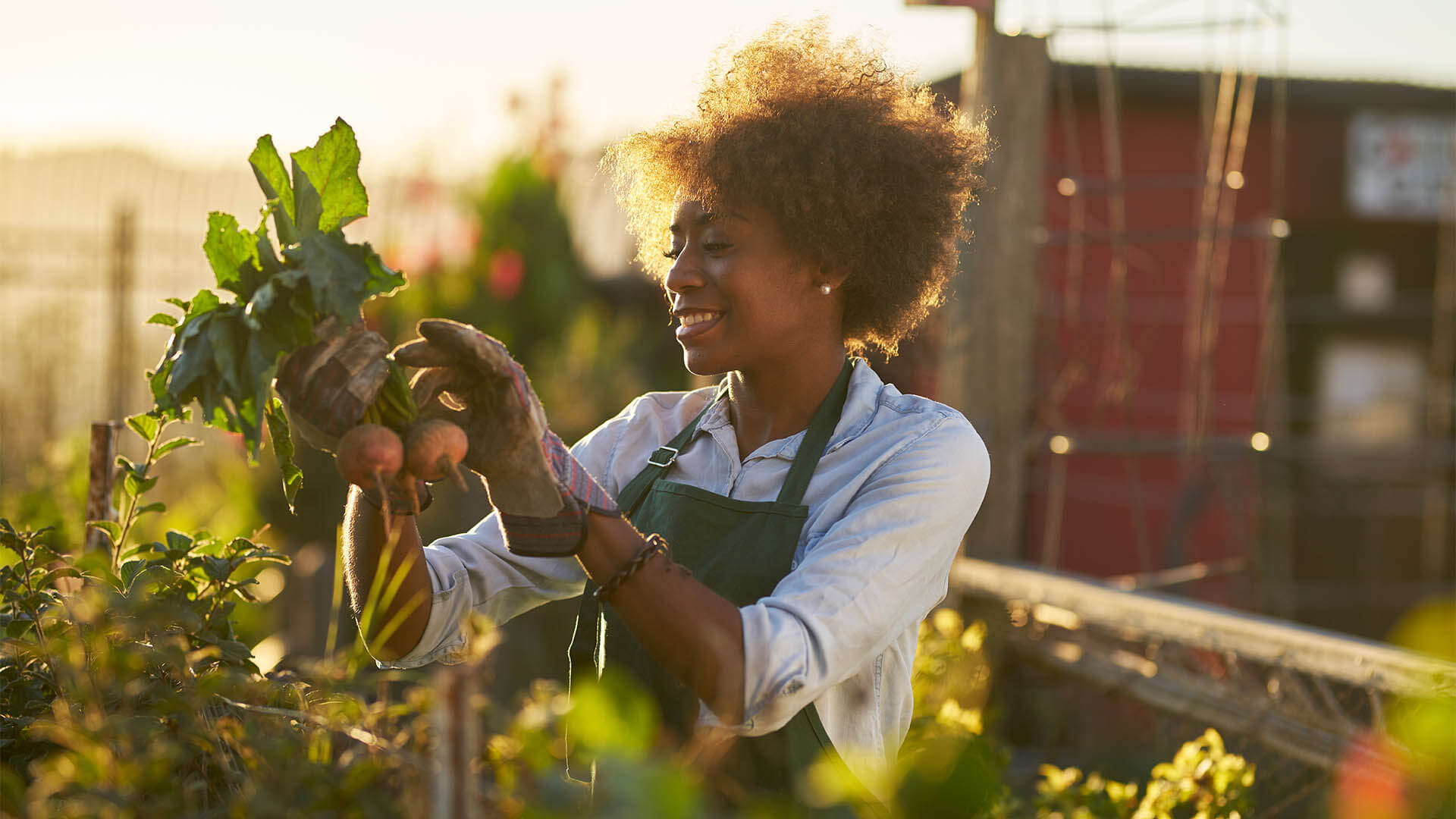
Psychologists are only now discovering how important feeling capable and like we’re able to care for ourselves and providing for ourselves is for our mental health. Beyond feeling secure and like we’d be alright if we needed to fend for ourselves outside society’s grip for a while, growing our own food can also help keep us healthy, promote sustainable agriculture practices which protect everyone and the planet, and it’s an excellent opportunity to teach children about the food cycle. That’s a ton of benefits for something so simple.
The following will break down the basics you need to know if you’re interested in growing your own food. Of course, every climate and terrain is a little bit different, so it’s crucial that you take into consideration your natural environment when choosing what to grow and where to grow it. For the best results, you’re going to want to couple this article with a book or in-depth article on the soil and vegetables and fruits in your area. As well, it’s vital that you ensure you’re not introducing any species to your local environment that are known for being aggressive.
Seeds Or Store-Bought Produce
First things first, you’re going to need something edible to grow if you want to grow your own food. You can purchase seeds at your local supermarket or garden center; for bonus points, look for heirloom seeds, non-GMO, and organic. It can be hard to get all three in one seed, so take your time and do your research in order to prioritize your health. You also have the option of growing edible plants straight from produce. Many vegetables and fruits can be grown straight from stems or scraps. Once you start to notice where roots sprout, you’ll be able to experiment with the veggies you buy, saving scraps and seeing what you can grow from them.
Soil
You’re also going to need some soil to grow your plants in. If you’re lucky enough to have a yard with some decent soil, that part is sorted for you (you might need to spend an afternoon building a fence, though if you’ve got deer or rabbits nearby; don’t say we didn’t warn you). You might also want to spend a few hours turning the soil so that it’s not too tightly packed and your plant roots have a chance to get a good grip. You might also want to test the soil for any missing nutrients and supplement with a bit of store-bought soil to get things going.
Not everyone has access to a yard, and that’s okay; everyone can still grow food. If you’ve got a porch or balcony or even a shelf near a southern window, you can get some pots (plastic-free is best for plants you want to eat) and participate in the urban gardening trend. Soil can also be purchased at your local department store or garden center (it’s way less expensive than you might think), and there are nutrient-enriched, organic options for those of us who want super healthy plants. This is also an excellent option for people who live in cold climates and want to grow food all year round.
Sun
As a general rule, you’re going to want to have your plants hit by light from the south (if you’re in the northern hemisphere) and the north (if you’re in the southern hemisphere). This will maximize the time your plants have with sunlight on them. Of course, each type of plant is different, and there are the occasional veggie or fruit that likes a bit more shade. Plants still will grow in the window sill facing another direction, but they might take a bit longer to mature and will have to work a little harder to do so.
Water
You need to water your plants, especially when they’re little and just beginning to sprout. Most herbs, veggies, and fruits like a spritz every day if you’ve got the time, and you’ll quickly begin to discern when they’re wilting. Wilting always means they need more water. If you’re on a well or using rainwater (rainwater is the best option for plants), you can probably just pour the water over the soil. If you’ve got city water, ideally, you want to filter it first, but if you can’t manage that, fill a jug or pot and let it sit out for two hours at least before you use it. This gives the chlorine inside time to evaporate. Chlorine is used to clean city water, and it will kill your plants. Yes, it’s also terrible for you, but you’re growing your own food at the moment, so let’s tackle one major lifestyle change at a time.
The above points probably seem simple, and that’s because they are. Yes, you’ll get to know your plants and what they like and what makes them thrive if you pay attention, but the basics of growing food are really that simple. Seeds and plants want to grow. It’s what they’re meant to do.








